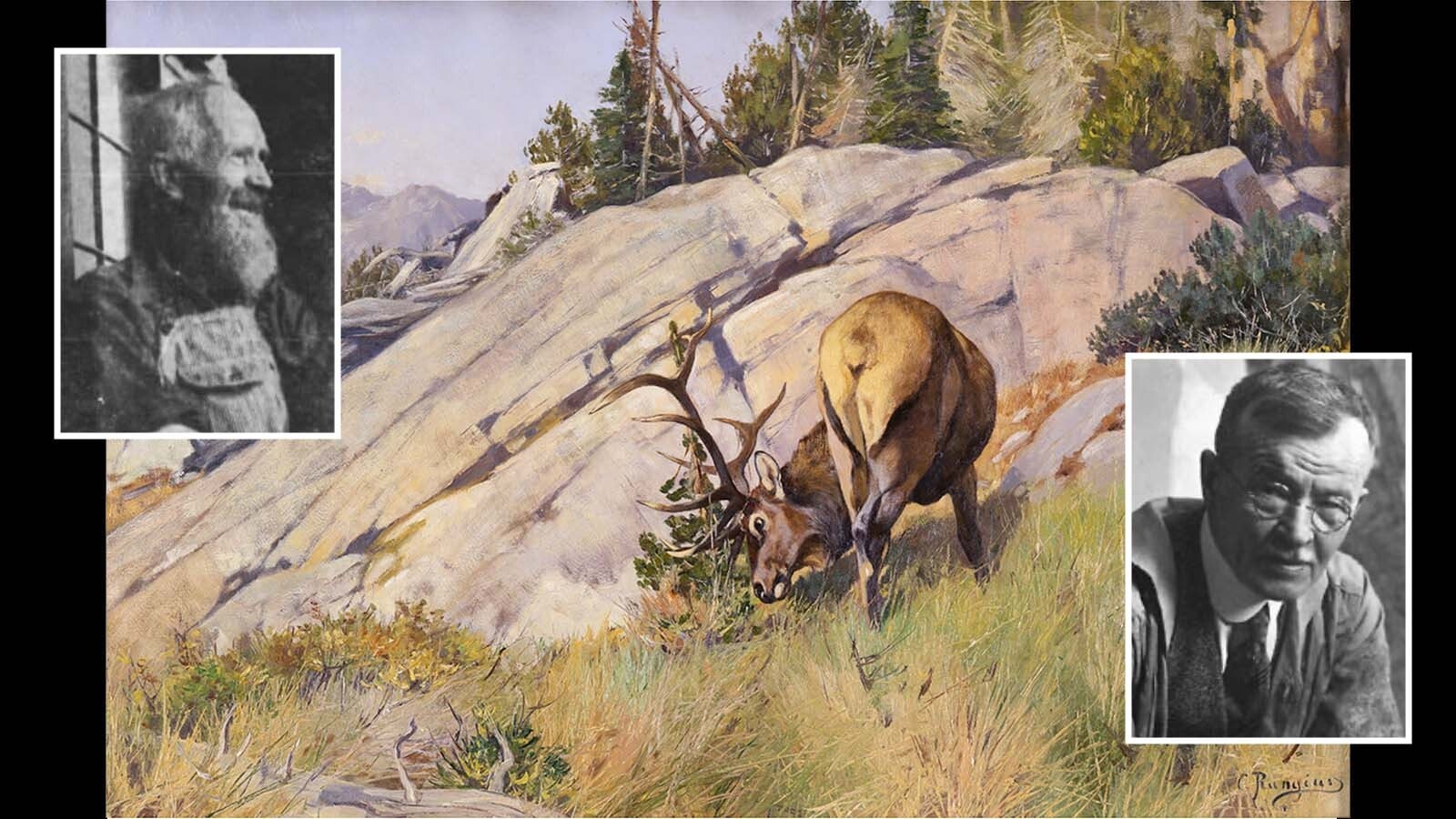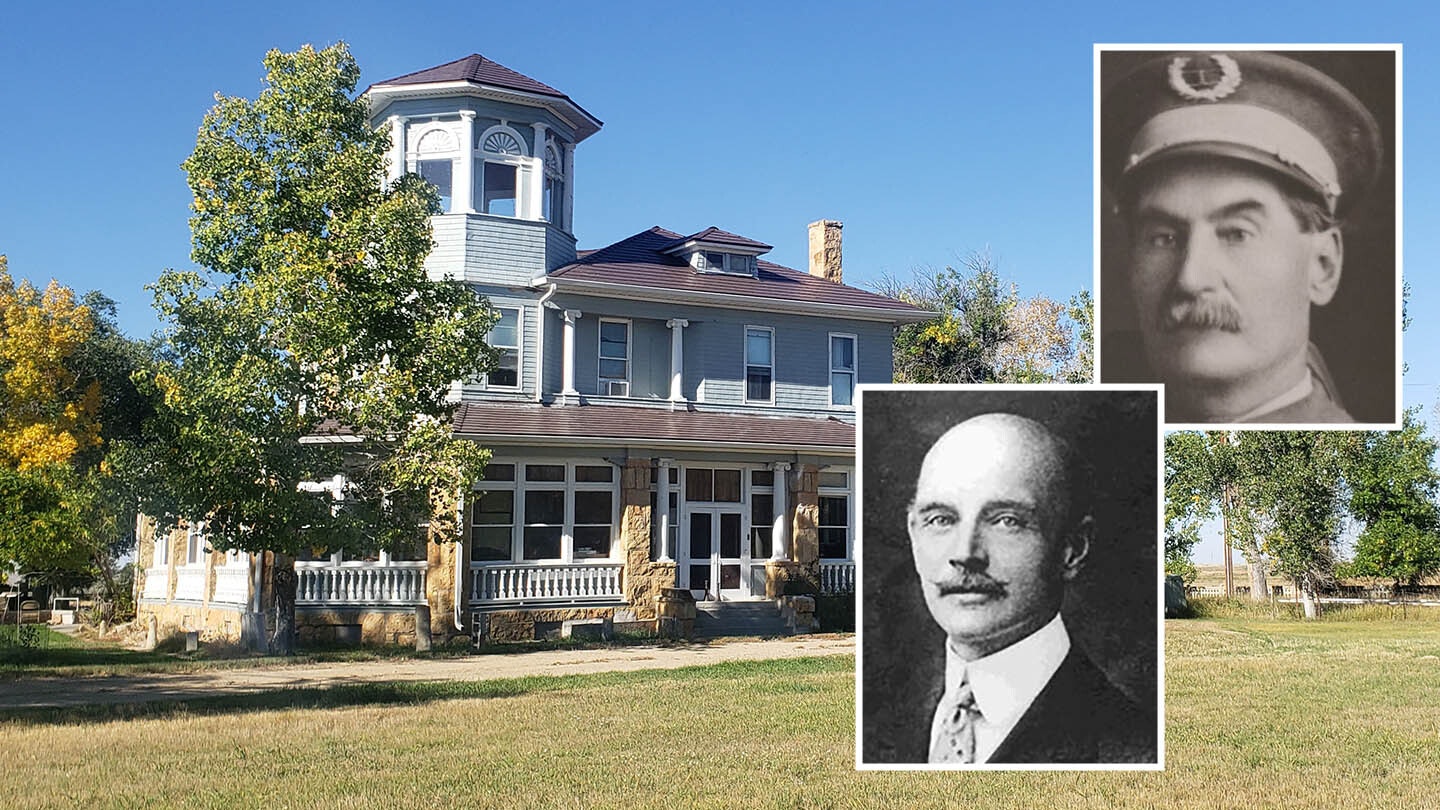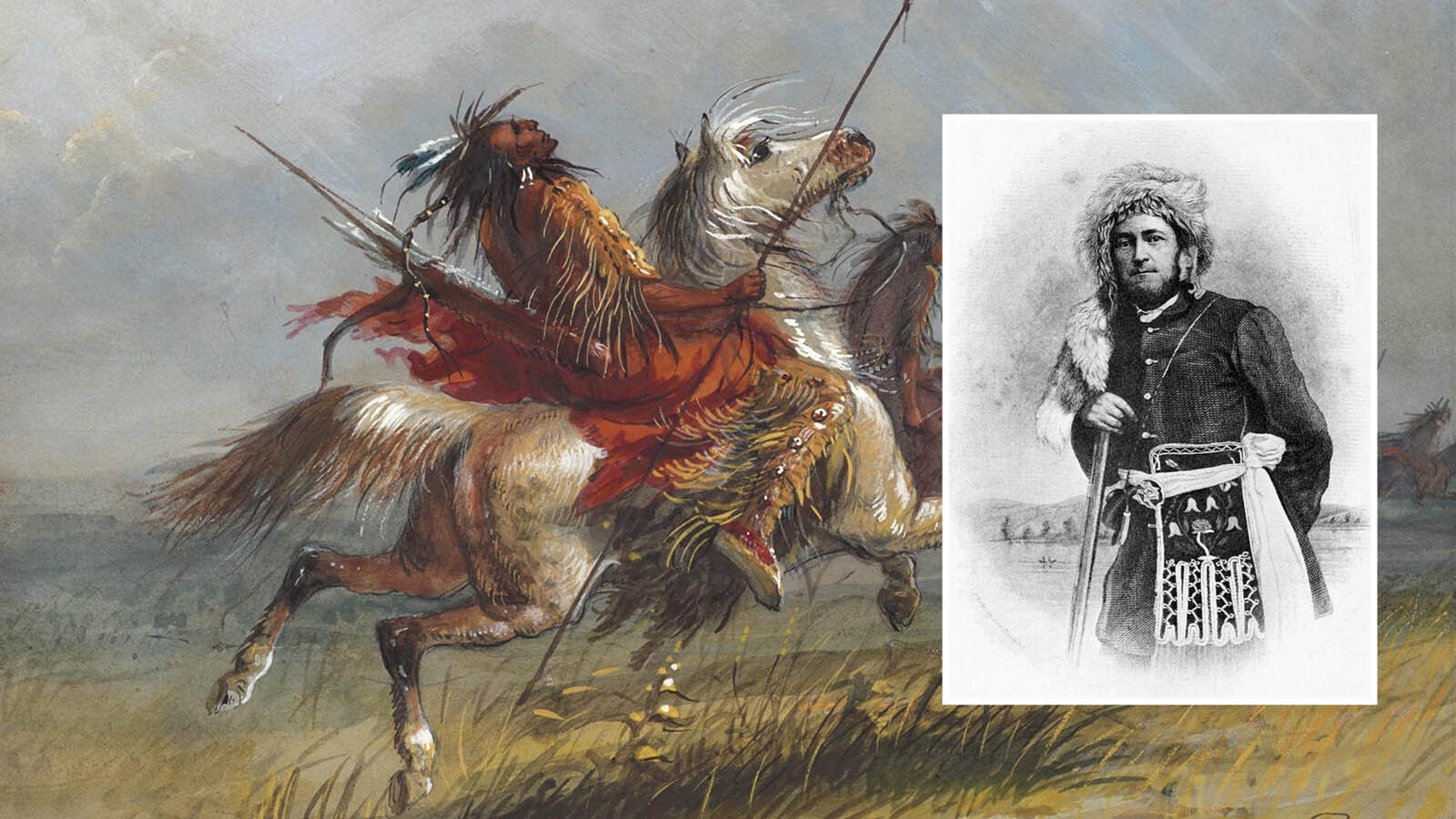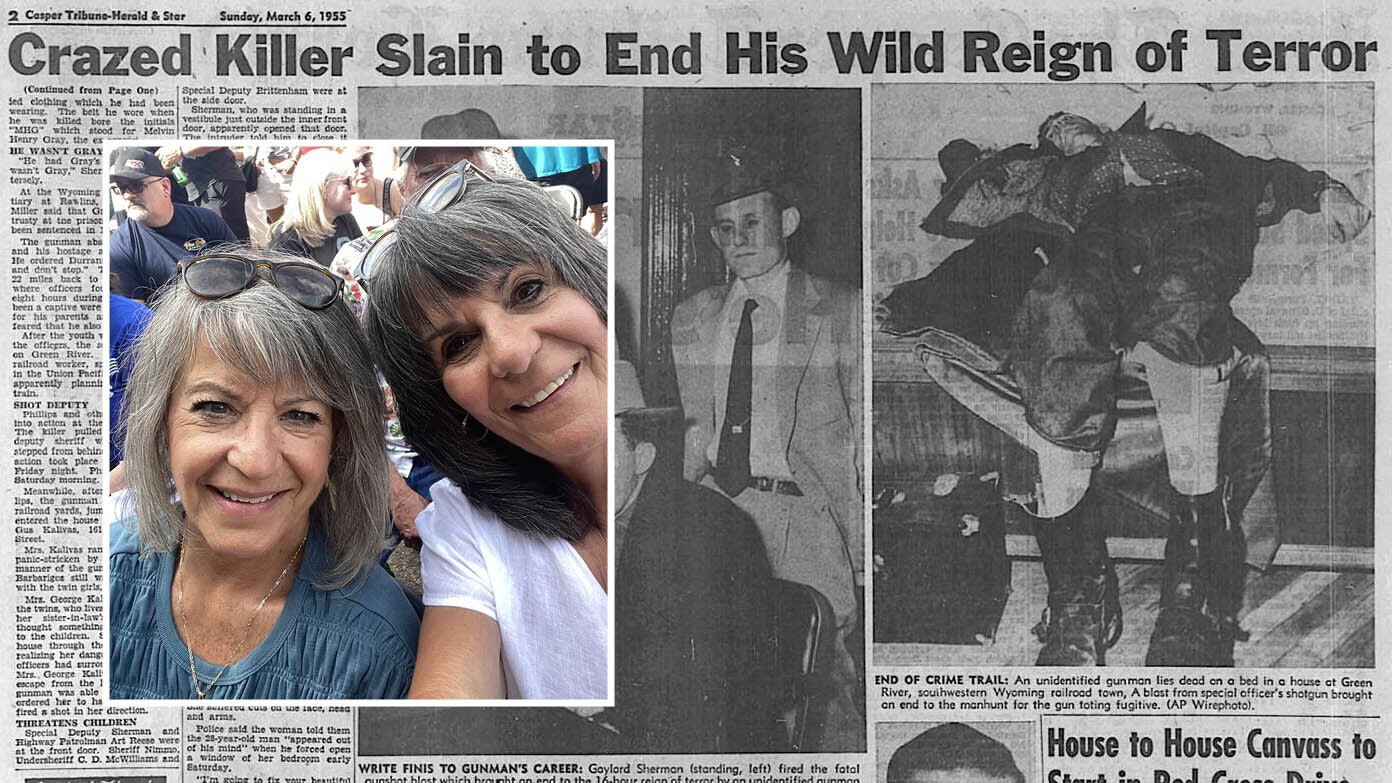In March 1935, an emaciated corpse was found frozen to the rough-planked floor of a tool shack at the Matchless Mine in Leadville, Colorado.
The local doctor was called, and he declared that the woman had been dead for about two weeks.
The winter’s intense cold had preserved her body so that even her facial features could still be discerned.
As news of the gruesome discovery spread through Leadville, a crowd soon gathered outside the mining shack.
Curious onlookers exchanged whispers as the body was transported through the deep snow to an awaiting hearse. For some of them the woman’s death, and the preceding events, was a poignant, yet ironic, tale.
The woman was Elizabeth McCourt Doe Tabor, and she was the widow of Horace Tabor, who during the early 1880s had been the wealthiest man in Colorado.
Elizabeth, known in her heyday as “Baby Doe,” was Tabor’s second wife, and the story was that he had deserted his first spouse, Augusta, for this beautiful divorcée twenty-four years his junior.
Horace had been quite a fixture in both Leadville and Denver during the old days. A native of Vermont, he and Augusta had immigrated to Colorado in 1857.
Like so many other easterners of the times, they had dreamed of striking it rich somewhere in the vast gold and silver fields of the American West.
Tabor’s early success came not as a prospector but as a merchant, filling the equipment and supply needs for other miners. It was while he was in this business that a pair of worn-out prospectors begged him for seventeen dollars’ worth of supplies in exchange for a one-third share of their as yet unproductive silver mine.
Reluctant but compassionate, Tabor gave in and furnished the men with the needed supplies. Shortly afterward, the two struck a silver vein, and soon it was producing twenty thousand dollars’ worth of ore a week. A year later Tabor made his first million when he sold his share in the mine.
From then on the story of the Tabors was one of rags to riches. Everything Horace touched turned to money. He bought a mansion in Denver, hired servants for his disbelieving wife, and invested heavily in scores of schemes.
By 1881 Tabor was worth an estimated nine million dollars, and his fortune was still growing. He built an opera house in Denver, as well as the five-storied Windsor Hotel, as fine as any hostelry in New York or San Francisco. And, he discovered Baby Doe.
Denver socialites were shocked when they learned that Horace Tabor had dumped his faithful wife of twenty-five years for the lovely Elizabeth. But Horace was not the only one smitten by the divorcée.
A newspaper article of the day declared that she was without doubt the handsomest woman in Colorado. She is young, tall, and well-proportioned, with a complexion so clear that it reminds one of the rose blush mingling with the pure white lily; a great wealth of light brown hair, large, dreamy blue eyes, and a shoulder and bust that no Colorado Venus can compare with.
By 1883 Horace had settled with Augusta for $300,000, and the pair parted ways. While the divorce was still in the Denver courts, Tabor was sent to Washington, DC, by his Republican cronies to serve a thirty-day term in a senate seat that had been recently vacated.
Tabor took Baby Doe with him, and when the divorce became final, he married her at the Willard Hotel on Pennsylvania Avenue. Among the guests awed by Baby Doe’s seven-thousand-dollar wedding dress and ninety-thousand-dollar diamond necklace was President Chester A. Arthur, who remarked, “I have never seen a more beautiful bride.”
Tabor ran for a seat in the U.S. Senate in 1886 and tried for the Colorado governorship in 1888. Both positions eluded him, and some political critics said his extramarital escapade was the reason.
Fortunately for Horace, his political failures were not matched by financial ones. He kept spending money, most of it on unwise investments.
Change was in the air, however, and the financial Panic of 1893, coupled with the repeal of the Sherman Silver Purchase Act, which had required the federal government to purchase millions of ounces of silver every month at the going market price, gradually drove the Tabors out of business.
Horace Tabor lost it all. To make ends meet, he disposed of his houses, his mines, the opera house, the hotel, and his stables and horses.
He even sold all of Baby Doe’s jewelry and furs. In 1898 sympathetic Republican friends got him the job of postmaster of Denver, but the following year the flamboyant “king of the silver mines” died penniless.
The only silver mine Tabor had retained during his lean years was the Matchless, just outside Leadville.
Some say than on his deathbed, he told Baby Doe to keep the property as long as she could.
After the funeral the bereaved widow traveled to Leadville, moved into the vacant tool shed beside the opening to the main shaft, and lived out the rest of her days in poverty, dreaming of the time when the petered-out mine would once again make her the belle of Denver society.
James A. Crutchfield can be contacted at TNcrutch@aol.com





